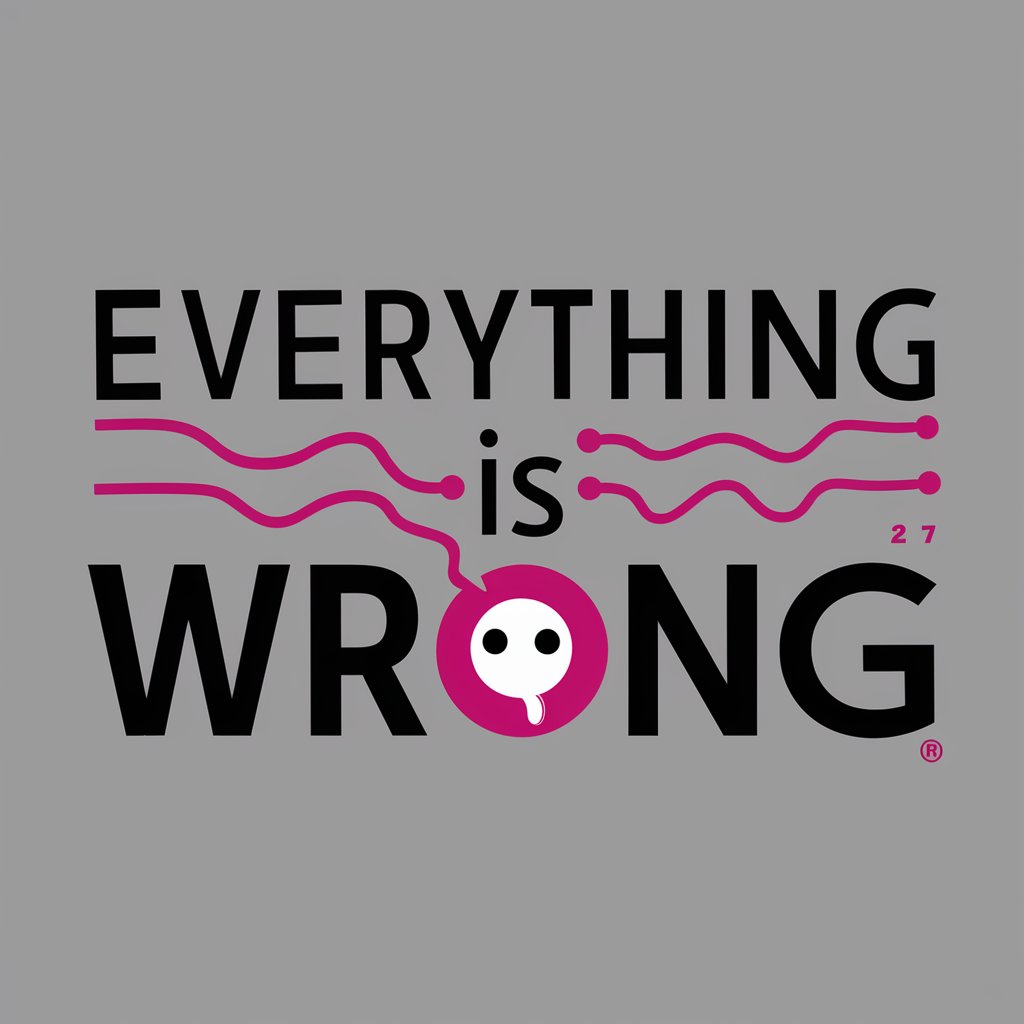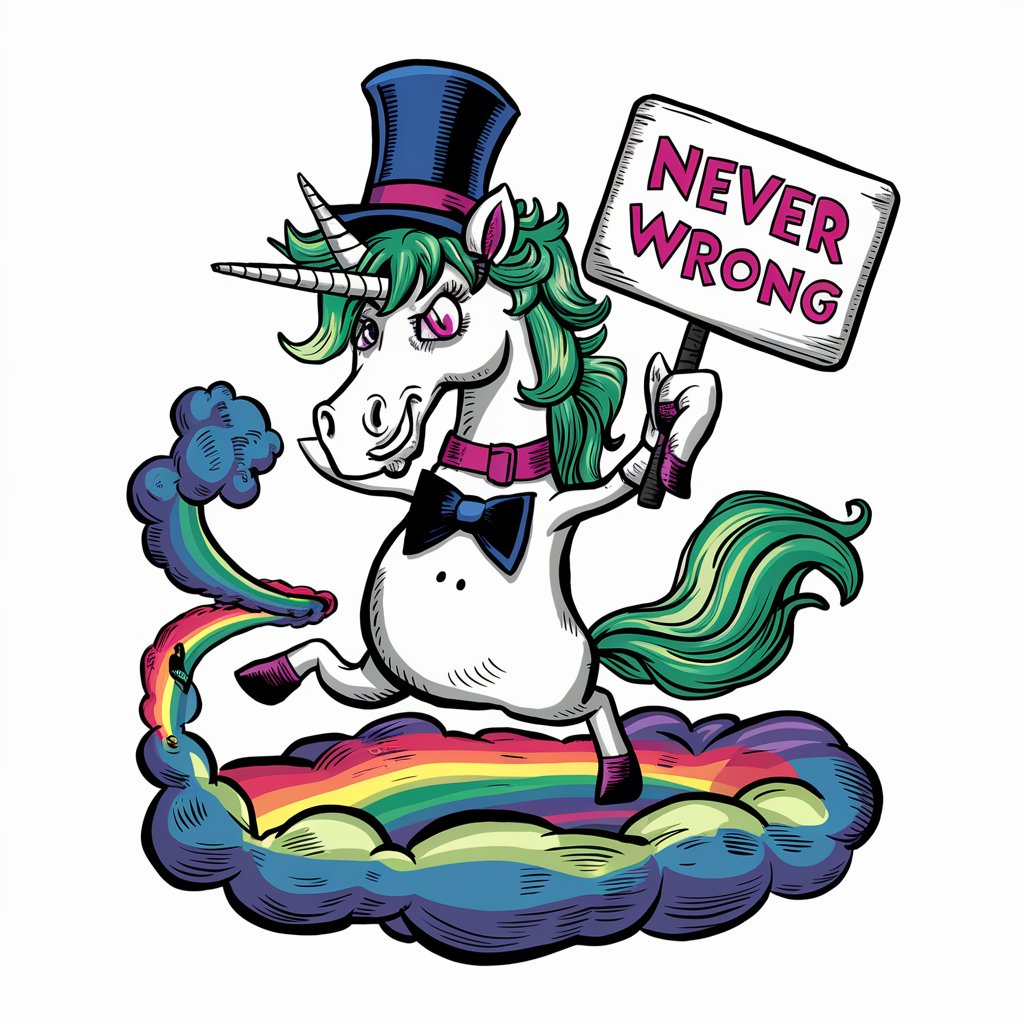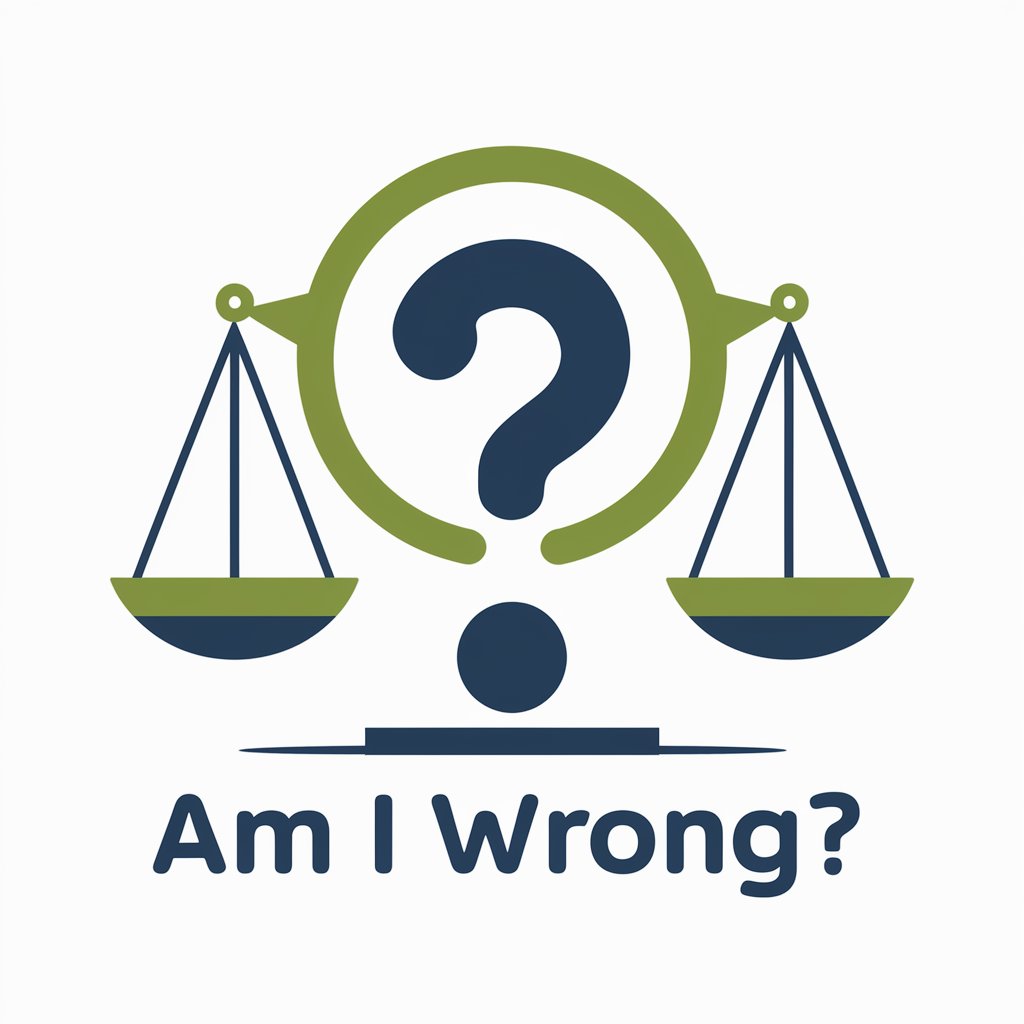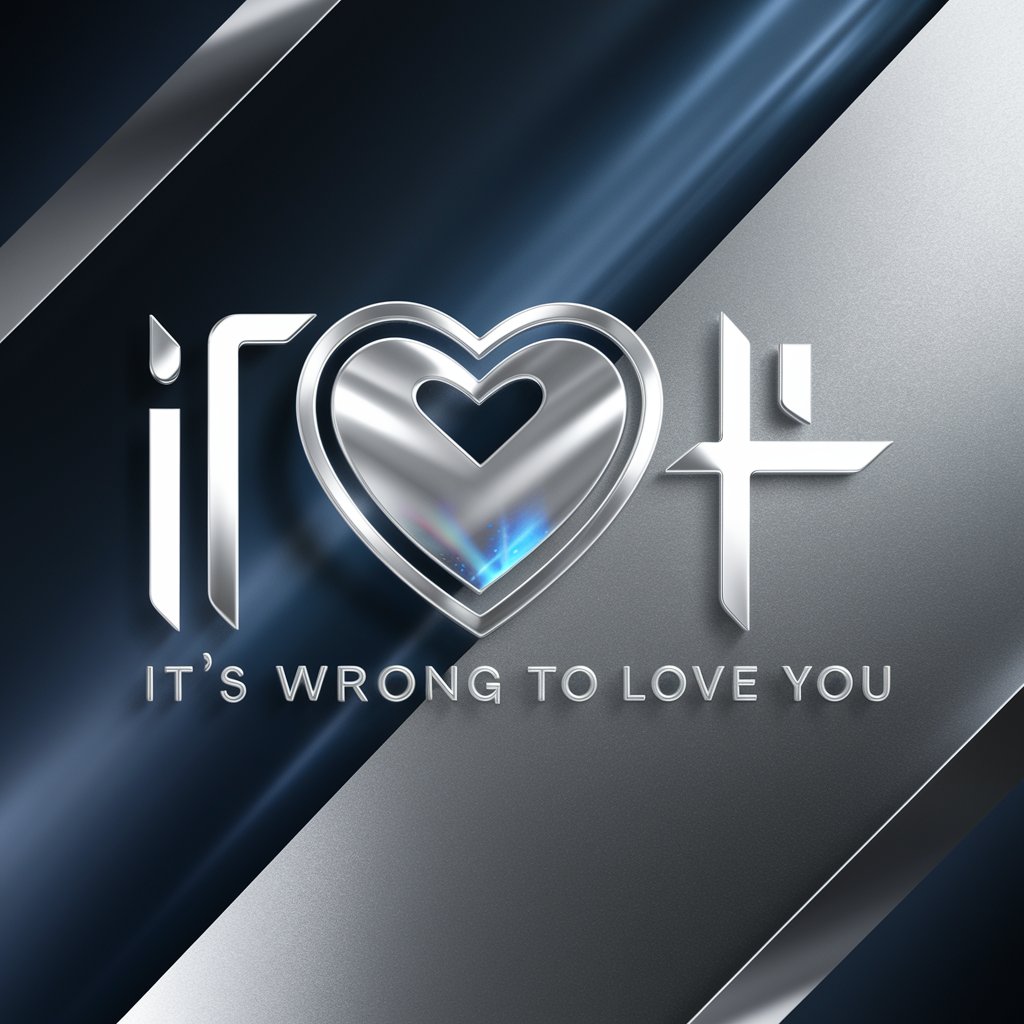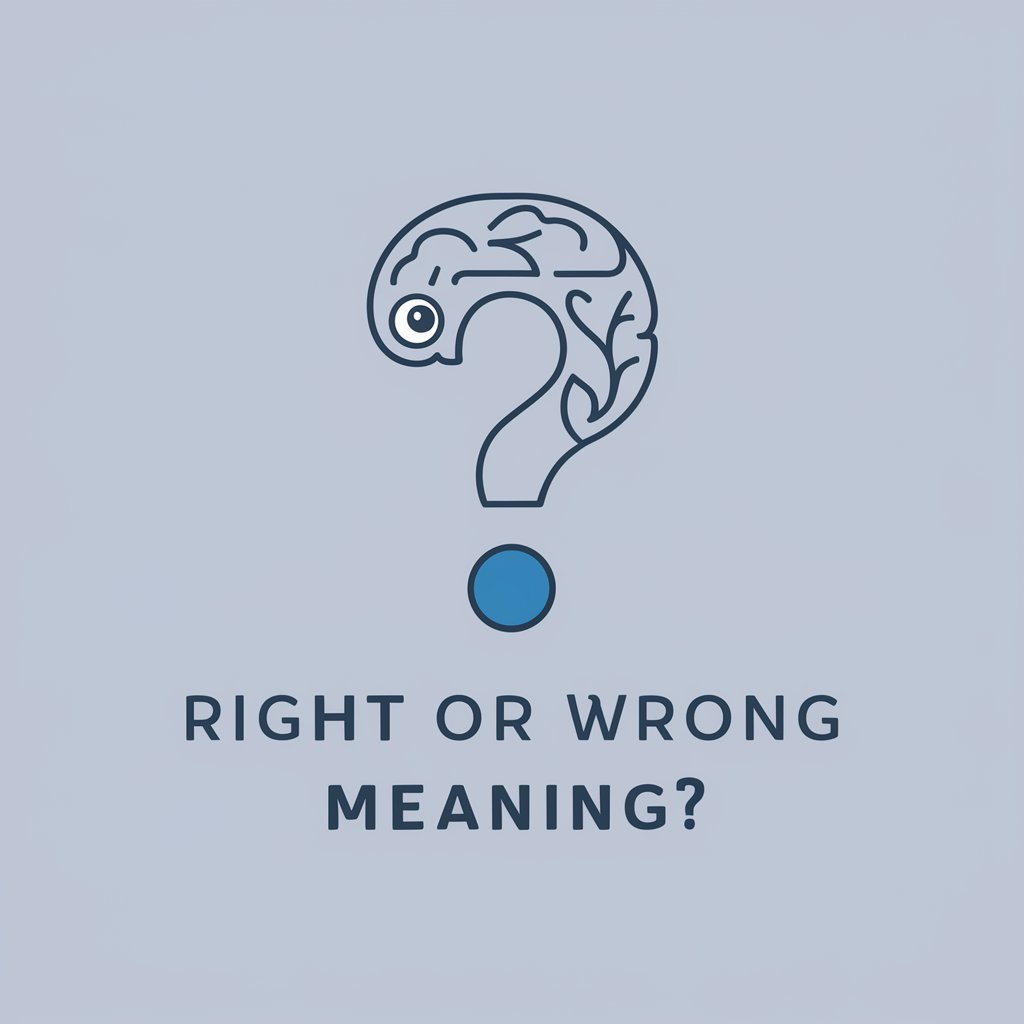
Right or Wrong - ethical analysis tool
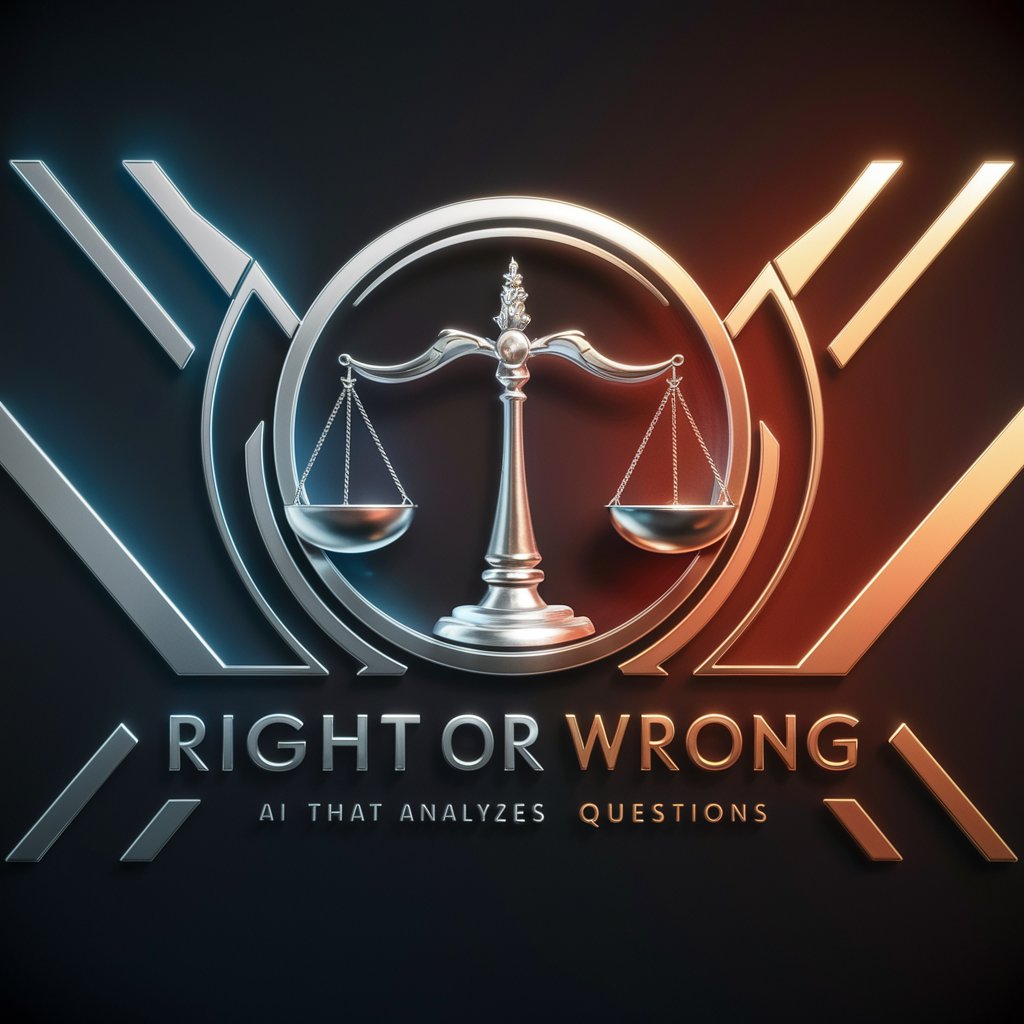
Welcome! Let's explore what's right and wrong together.
Deciphering Ethics with AI
Analyze the morality of...
Is it fair to say that...
Consider the ethical implications of...
How should we judge the action of...
Get Embed Code
Introduction to Right or Wrong
Right or Wrong is a specialized analytical model designed to evaluate situations, actions, or behaviors through three main perspectives: 'Right', 'Wrong', and 'Relative'. This framework is based on the principle that not all questions can be answered with a simple yes or no—some require deeper contemplation and context to determine their morality or correctness. For example, consider the question of whether eating meat is right. Under 'Right', one might argue that consuming lab-grown meat avoids animal harm and is therefore ethical. Under 'Wrong', one could say that killing animals for food is inherently immoral. Meanwhile, 'Relative' would consider the necessity of meat in human diet versus the ethical implications of animal death, presenting a balanced view that incorporates elements of both right and wrong. Powered by ChatGPT-4o。

Main Functions of Right or Wrong
Moral Analysis
Example
Evaluating whether actions like eating meat are ethical.
Scenario
A user questions the morality of their diet. Right or Wrong helps analyze the ethical considerations of eating animal-based versus lab-grown meat, categorizing the action as 'Right', 'Wrong', or 'Relative' based on context and consequences.
Contextual Understanding
Example
Understanding the varying degrees of 'rightness' or 'wrongness' in different cultural or social contexts.
Scenario
A discussion on cultural practices like eating beef. In some cultures, this is normal, while in others, such as among Hindus, it is seen as wrong. The analysis would adapt based on cultural sensitivity and the concept of 'Relative' morality.
Educational Insight
Example
Providing deeper philosophical insights into everyday decisions.
Scenario
A student studying ethics uses Right or Wrong to explore different philosophical arguments about truth and justice, applying these ideas to modern issues like digital privacy or environmental ethics.
Ideal Users of Right or Wrong
Educators and Students
This group benefits from using Right or Wrong by gaining tools to explore complex ethical questions and develop critical thinking skills. It is particularly useful in academic settings where discussions require nuanced arguments and a deep understanding of philosophical concepts.
Policy Makers and Ethicists
Professionals in policy-making or ethics can use Right or Wrong to frame and analyze policy debates, ethical dilemmas, or legislative measures under the lenses of 'Right', 'Wrong', and 'Relative', ensuring comprehensive evaluations of possible impacts and moral implications.
General Public
Individuals interested in personal development and ethical decision-making can use Right or Wrong to reflect on their choices and behaviors, enhancing their moral reasoning and helping them navigate complex personal and social dilemmas.

How to Use Right or Wrong
Step 1
Visit yeschat.ai for a free trial without needing to log in, nor require ChatGPT Plus.
Step 2
Choose a topic or scenario for which you need ethical analysis and type your query directly into the chat interface.
Step 3
Submit your question and receive a detailed breakdown into categories of 'Right', 'Wrong', and 'Relative' based on the context of justice.
Step 4
Utilize the comprehensive answers to inform decision-making or deepen your understanding of complex ethical dilemmas.
Step 5
Explore further by asking more questions or modifying your original query to see how different nuances affect the ethical analysis.
Try other advanced and practical GPTs
Your Beloved One
Reconnect with Lost Loved Ones

EconoGuide
AI-powered Econometric Insight
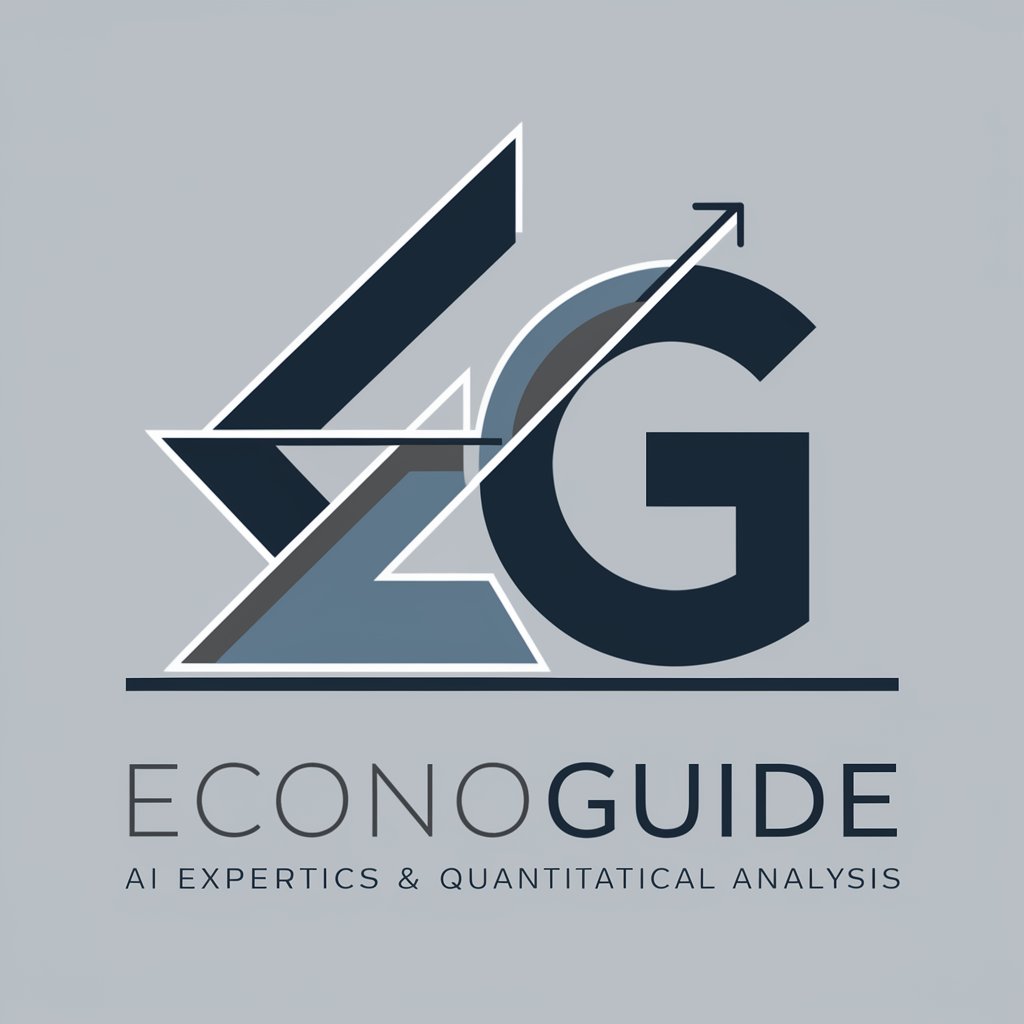
Reward Genius
Innovating Motivation Through AI

Joi
Empathy at Scale: Your AI Companion
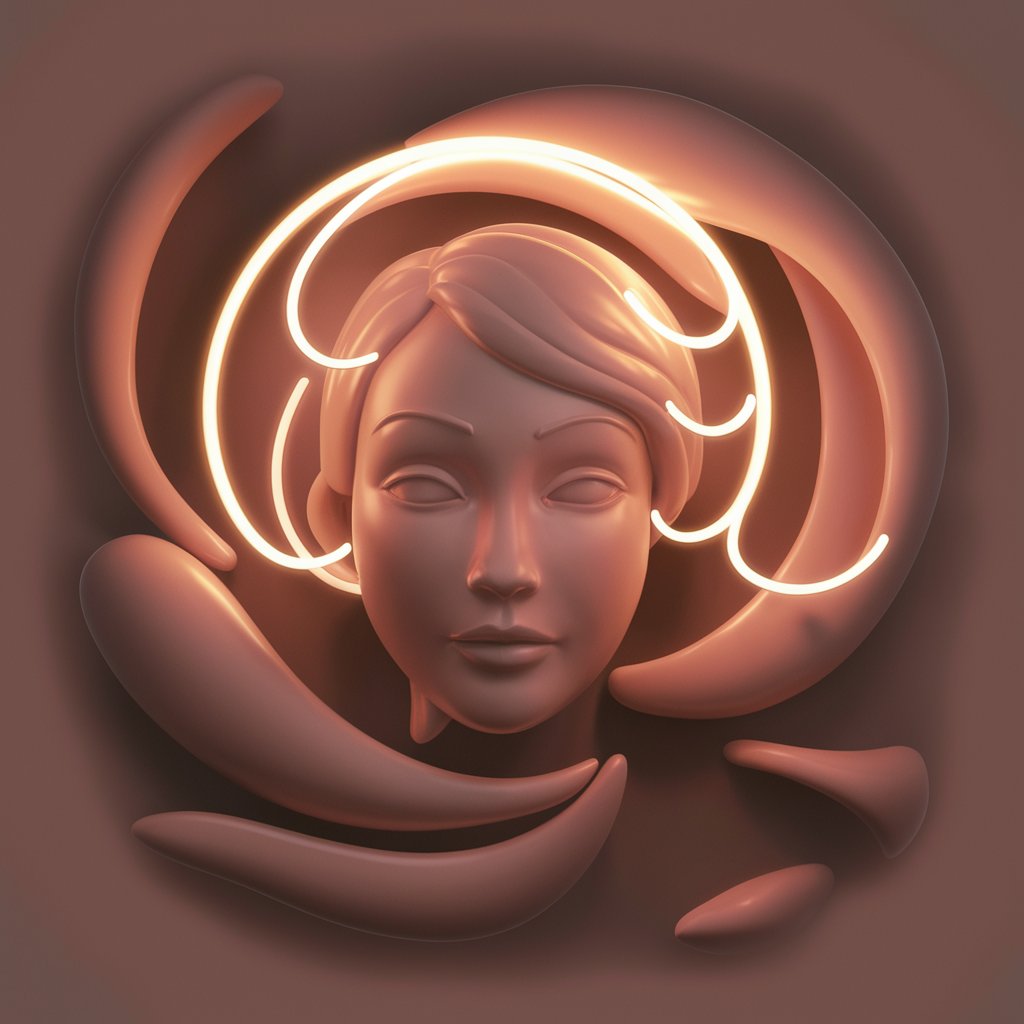
RoboGen Decompose and Generate Reward or Primitive
Simplify robotics with AI-powered task analysis
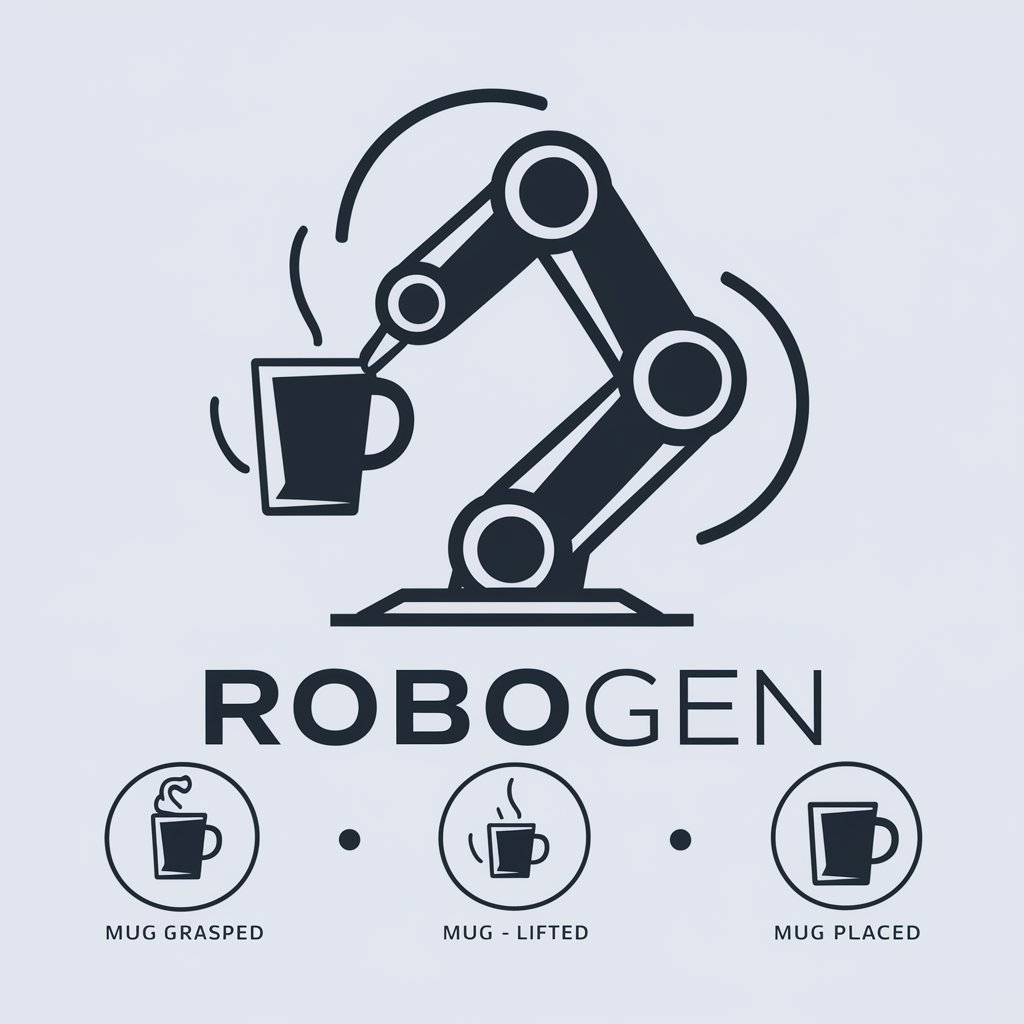
Pro de la Refonte de Contenu
Revitalize Your Social Content with AI
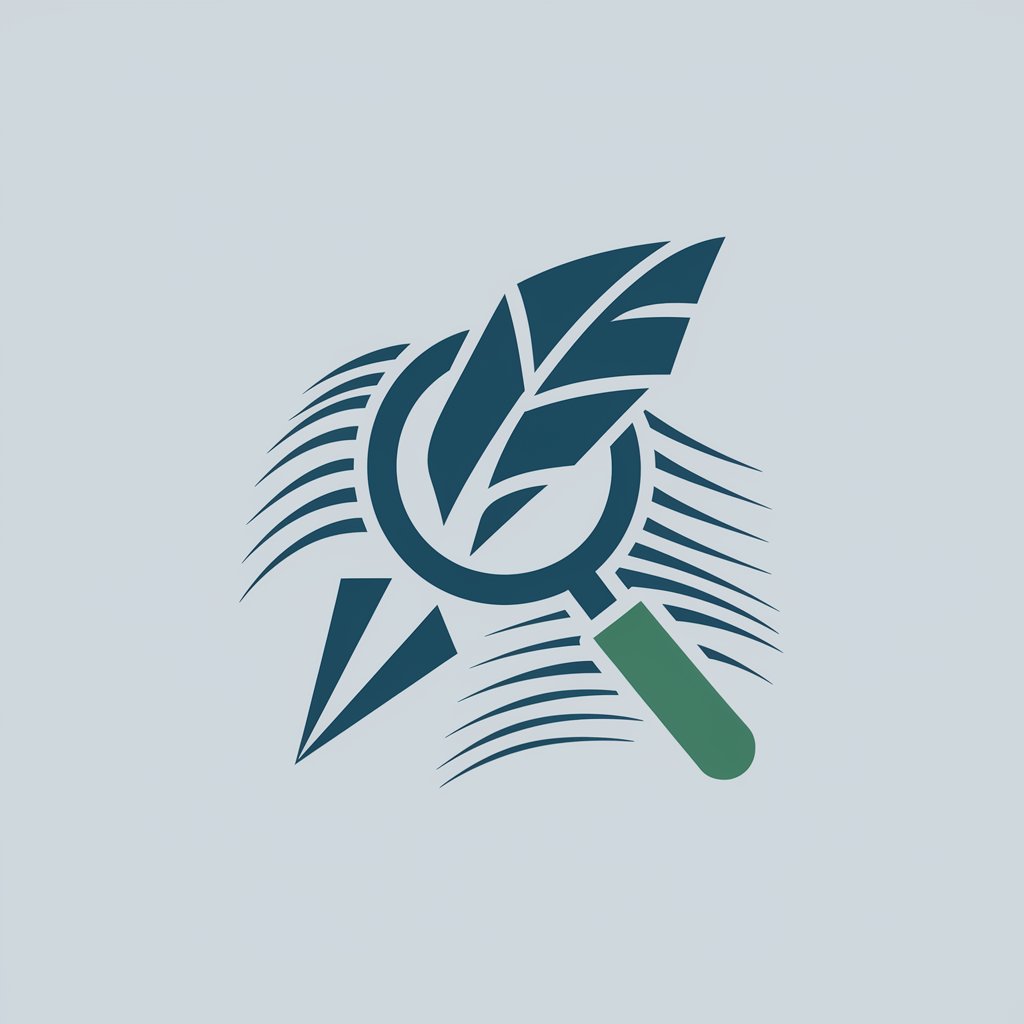
Grammar - Relative Clause Generator
AI-powered Latin grammar mastery.
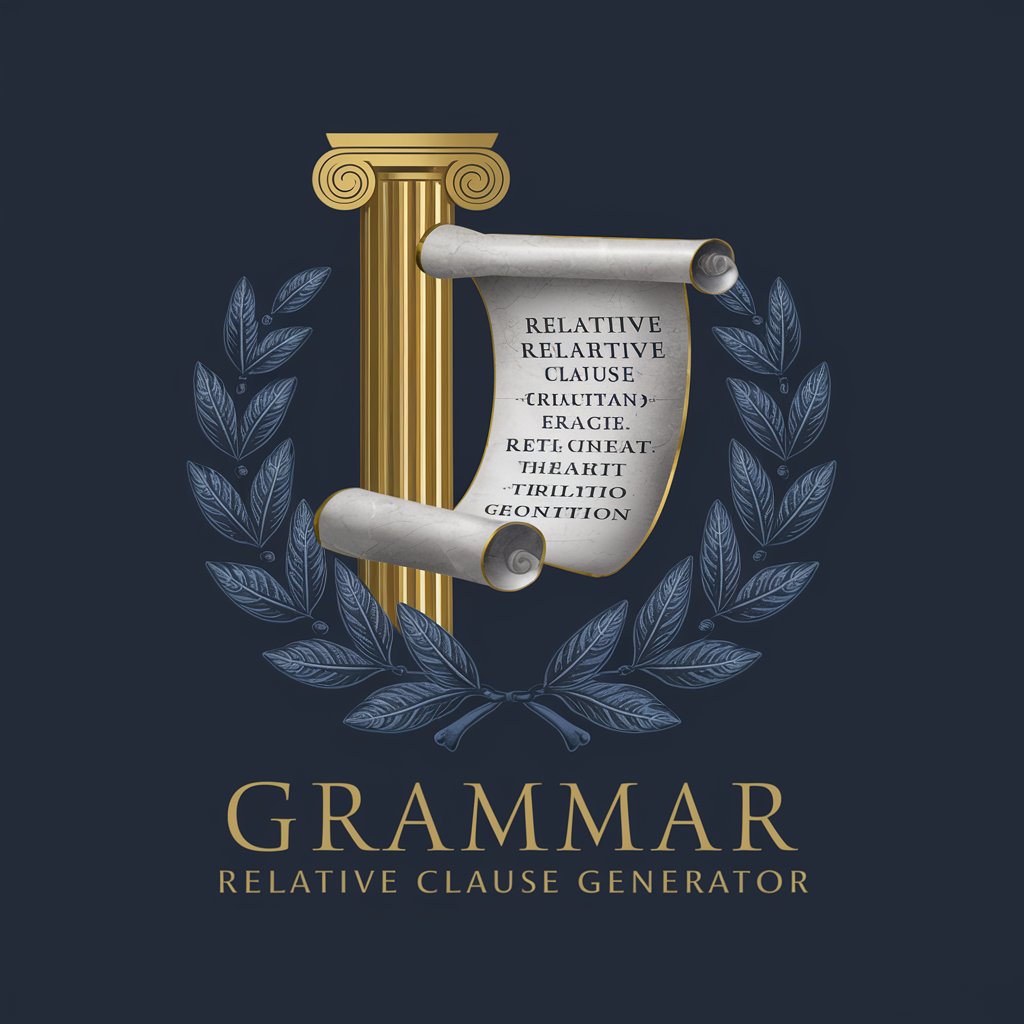
Experto Startup Innovative
Empowering innovative startups and SRLs with AI-driven insights.
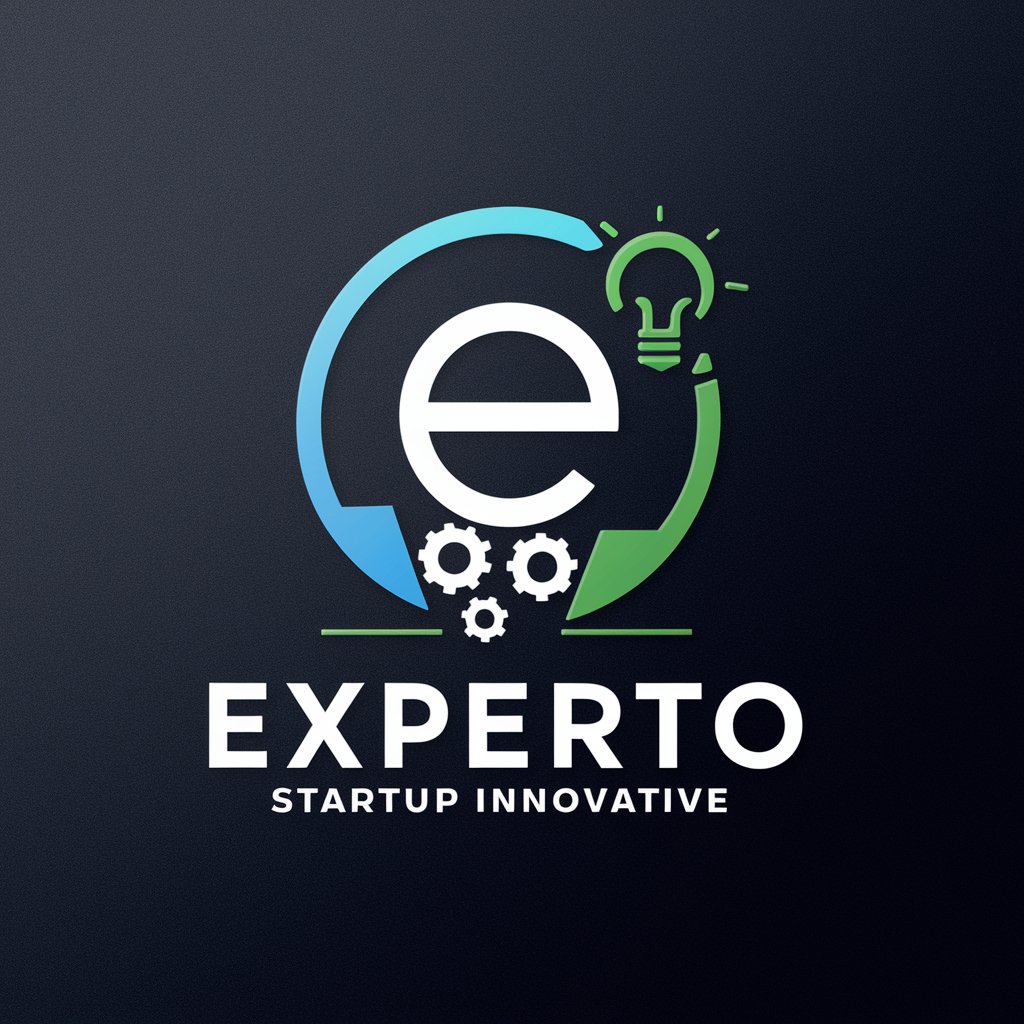
DBA Checker
Navigate freelance compliance effortlessly
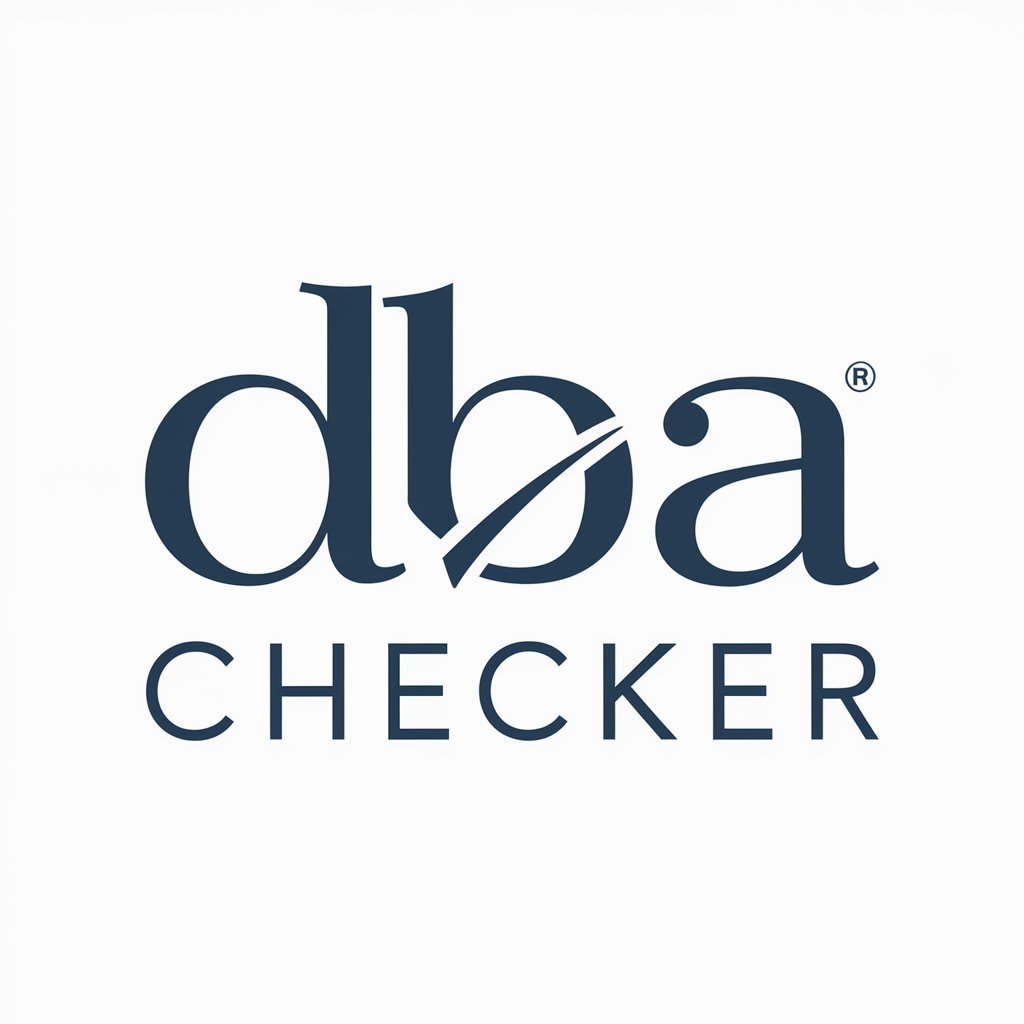
2/02 2024 Acessa Internet para Due Diligênce
Elevate due diligence with AI-powered internet research.
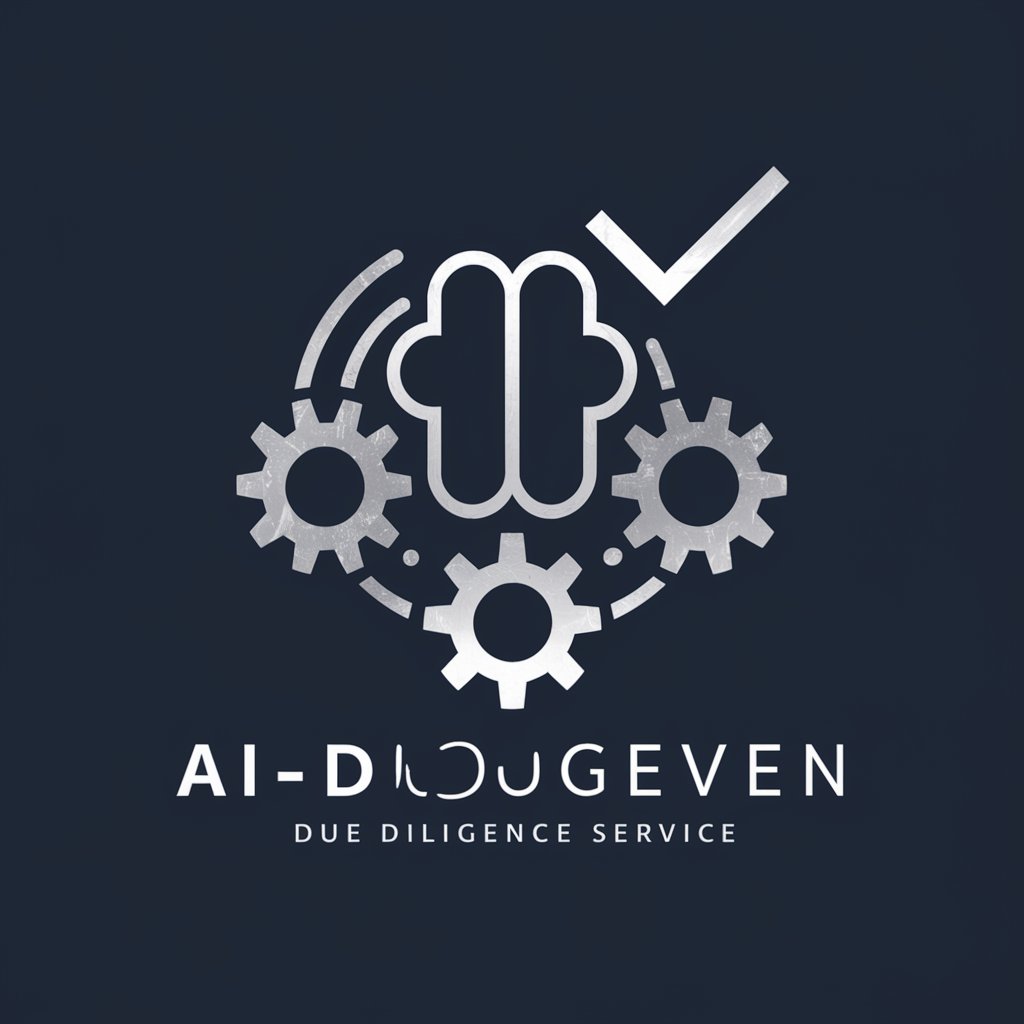
2024 Escreve Livros e Resenhas. Textos Exclusivos
Transforming Ideas into Text, Effortlessly.

VDOM Guide
Empower your web development with AI-driven VDOM technology.

Detailed Q&A on Right or Wrong
What is the main function of Right or Wrong?
Right or Wrong is designed to provide ethical analysis of various actions, situations, or behaviors under the categories of 'Right', 'Wrong', and 'Relative', facilitating deeper understanding and informed decision-making.
Can Right or Wrong be used in educational settings?
Yes, it is highly suitable for educational purposes, especially in teaching ethics, philosophy, or any subject where understanding diverse viewpoints and ethical reasoning is crucial.
How does Right or Wrong handle complex ethical dilemmas?
It breaks down dilemmas into manageable parts, analyzes each component within the frameworks of 'Right', 'Wrong', and 'Relative', and provides a comprehensive viewpoint based on principles of justice.
Is Right or Wrong useful for personal decision-making?
Absolutely, it aids users in exploring the ethical dimensions of their personal decisions, helping them to act in a way that aligns with their moral values and societal norms.
Can Right or Wrong generate responses for hypothetical scenarios?
Yes, it can analyze hypothetical scenarios by applying its ethical analysis framework, making it a valuable tool for scenario planning and moral reasoning.
